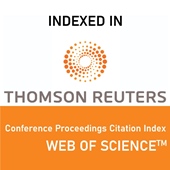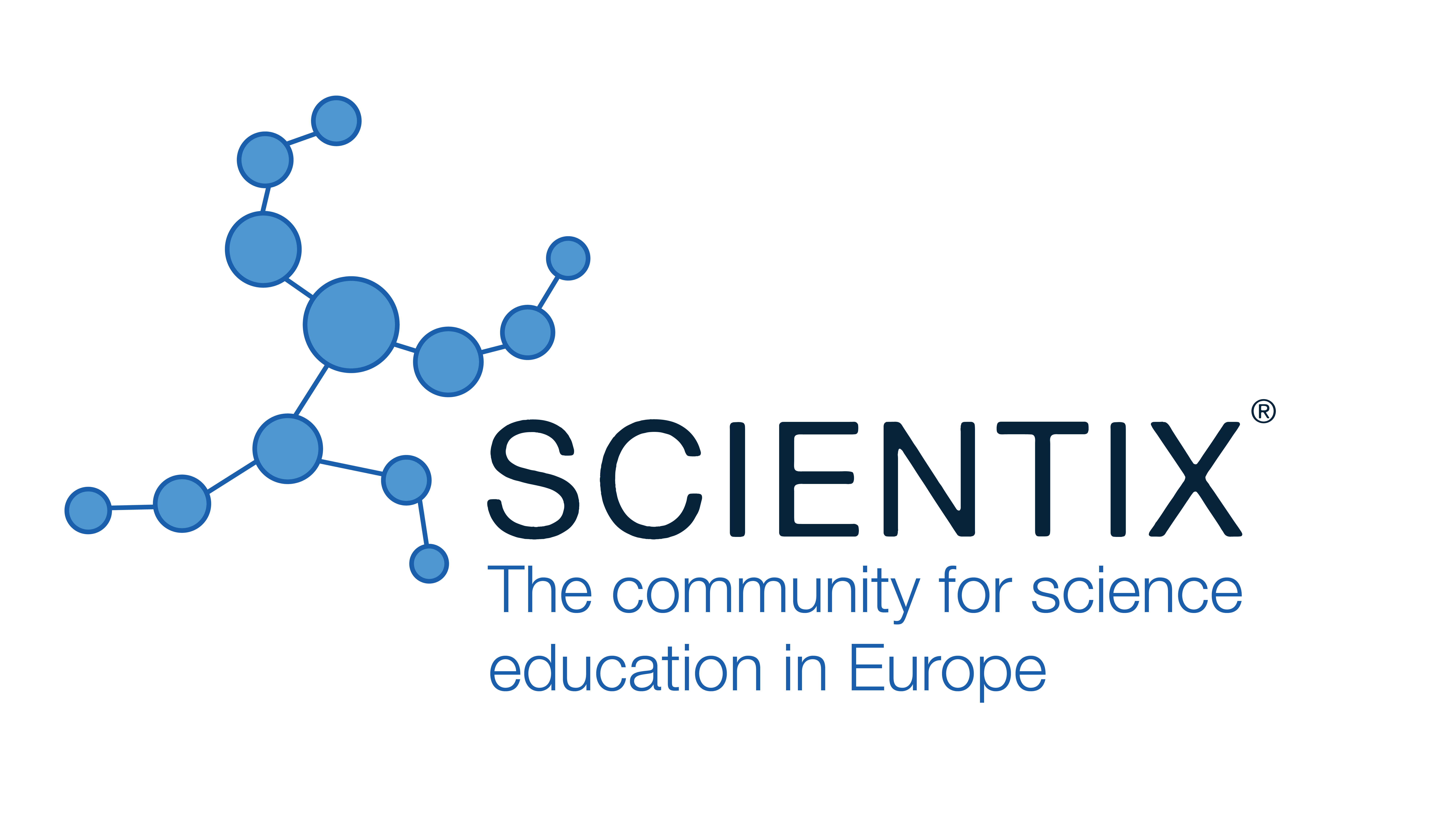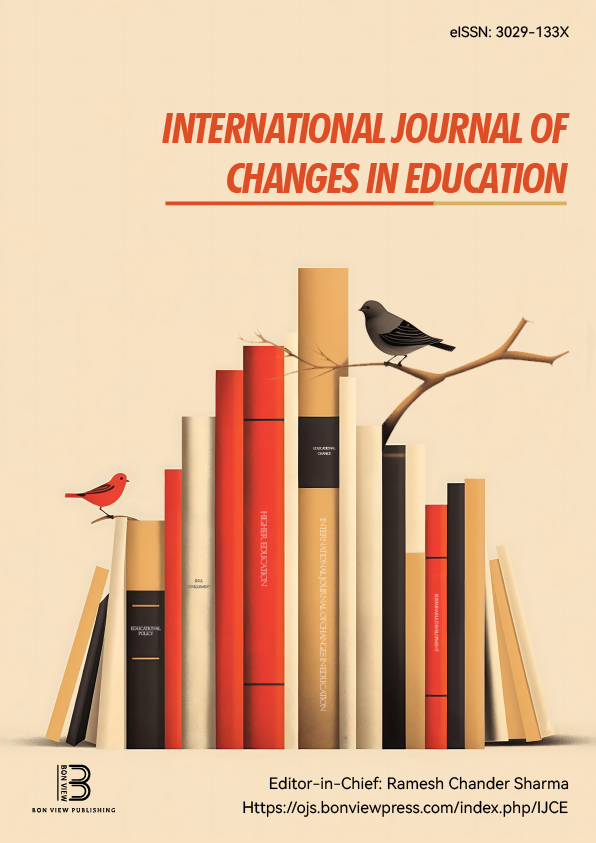Implementing Silence Pedagogy in ELT through a Neuropedagogical Approach in Indonesia
Yulia Puspita Arum, Monash University (Australia)
Abstract
Silence in Indonesian English as a Foreign Language (EFL) classrooms is often misunderstood as a sign of disengagement, largely rooted in cultural assumptions about passivity and respect for authority (Darwanto, 2022). Such generalisations, however, risk marginalising learners' individual identities and cognitive needs (Kumaravadivelu, 2003). This conceptual review proposes an integrated framework that combines silence pedagogy with a neuropedagogical approach to support deeper cognitive processing, well-being, and improved writing outcomes among Indonesian university students. Drawing on theoretical insights from sociocultural and poststructural perspectives (Bao, 2020), as well as neuroscience-informed teaching practices (Kamenická, 2022; Zuhriyah & Agustina, 2020), this study repositions silence as a productive, cognitive-affective tool in EFL writing instruction. Five key components underpin the proposed framework: silent pre-writing reflection, focused silent writing, memory consolidation, emotionally safe environments, and metacognitive self-regulation. These principles are aligned with brain-based learning strategies that foster attention, reflection, and creativity (Heywood & McCrory, 2021; Azzahra & Dwiputra, 2024). Practical steps for implementing this framework in argumentative writing classes are offered, tailored for Indonesian undergraduate students. This model has three key implications. First, it improves students' psychological well-being and language performance by affirming silence as a valid mode of cognitive engagement. Second, it supports teacher professional development by challenging traditional assumptions and promoting inclusive, brain-compatible practices. Third, it informs curriculum reform in Indonesia by offering a pedagogical design that blends silence with evidence-based approaches to enhance EFL writing instruction. In conclusion, this study argues that silence should not be seen as a barrier but as a strategic pedagogical tool. When supported by insights from neuroscience and critical pedagogy, silence can transform EFL writing classrooms into spaces of reflection, creativity, and deeper learning (Bao, 2014; Zembylas & Michaelides, 2010).
|
Keywords |
brain-based, silence pedagogy, neuropedagogy, EFL writing, university |
|
REFERENCES |
[1] Azzahra, W., & Dwiputra, D. F. K. (2024). Trends in the implementation of brain-based learning in Indonesia: a systematic literature review. International Journal of Pedagogy and Teacher Education, 7(2), 86–101. doi: 10.20961/ijpte.v0i0.78793 [2] Bao, D. (2020). Exploring how silence communicates. English Language Teaching Educational Journal, 3(1), 1–13. [3] Bao, D. (2014). Understanding silence and reticence: Ways of participating in second language acquisition (1st ed.). Bloomsbury Publishing Plc. doi: 10.5040/9781472593542 [4] Darwanto, B. A. (2022). Sungkan, a Javanese cultural trait and the willingness to speak (WTS) among Javanese learners of English. Conscientia, 18(2), 70–81. [5] Heywood, S., & McCrory, M. (2021). Strategies of silence : reflections on the practice and pedagogy of creative writing (1st ed.). Routledge. doi: 10.4324/9781003030911 [6] Kamenická, J. (2022). Brain-based TEFL. Philosopher University. [7] Kumaravadivelu, B. (2003). Problematizing cultural stereotypes in TESOL. TESOL Quarterly, 37(4), 709–719. doi: 10.2307/3588219 [8] Zembylas, M., & Michaelides, P. (2004). The Sound of Silence in Pedagogy. Educational Theory, 54(2), 193–210. doi: 10.1111/j.0013-2004.2004.00005.x [9] Zuhriyah, M., & Agustina, R. K. (2020). Brain-based learning and high order thinking skills effect on students’ writing ability. JEES (Journal of English Educators Society), 5(2). 193–198. doi: 10.21070/jees.v5i2.778
|
 Innovation in Language Learning
Innovation in Language Learning





























